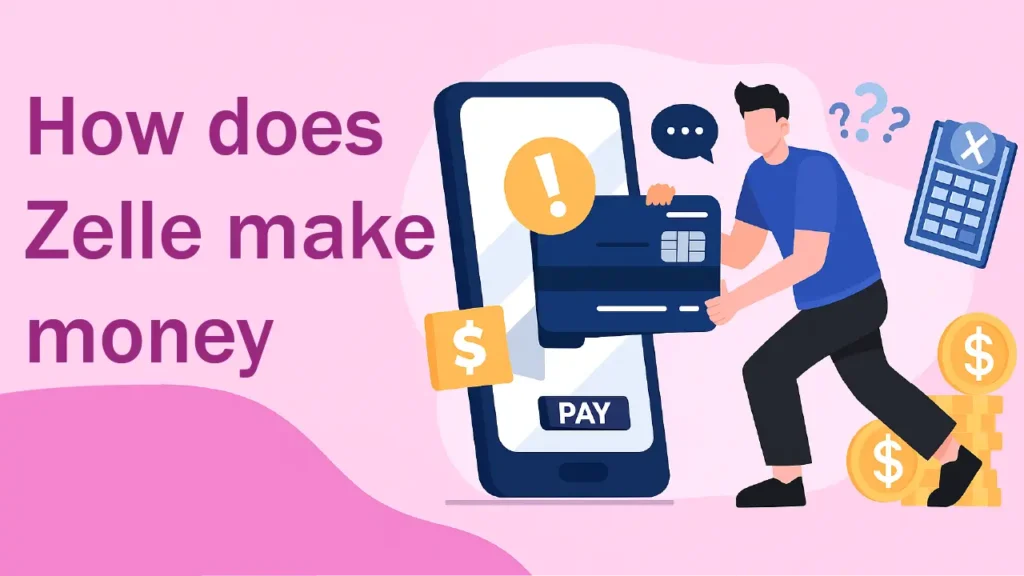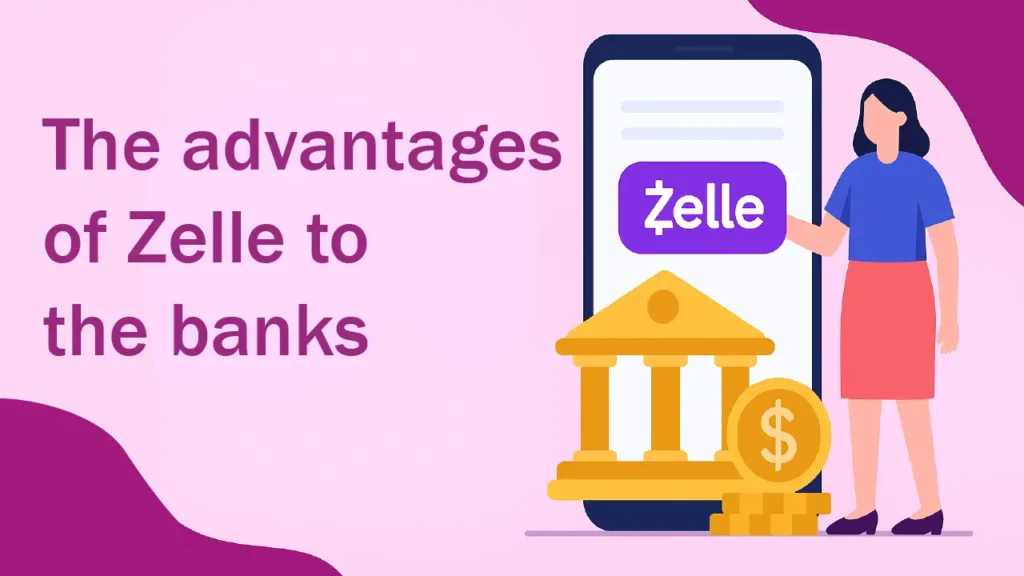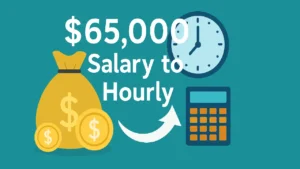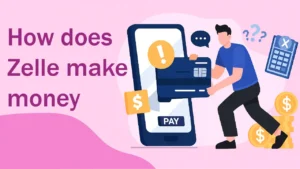
Introduction: How does Zelle make money
When we, and I, transfer cash in a few seconds without paying a penny, how does Zelle make money? It is a question that should be raised, more so given that Zelle processed a shocking amount of $629 billion in 2022 alone.
The number of transactions processed by Zelle exceeds 2.3 billion, with more than 65 million users. Indicating one thing: Zelle is not a niche tool; rather, it is a digital payments giant.
However, the question is always there that how does Zelle make money when everything about the service seems to be completely free?
The issue that Zelle addresses in online payments
Until Zelle, other peer-to-peer payments, including PayPal and Venmo, were cumbersome as users would create additional accounts and carry out extra work to send money to their bank accounts.
This was not always very simple and fast, and it brought irritation to smooth transactions.
Also, Zelle will solve many critical pain points of digital payments:
- Security issues – The customers do not have to disclose sensitive bank account data to other third-party users, and the information about an account is not exchanged during transactions
- Speed restriction – Zelle real-time transfer service eliminates waiting time since the transaction is made in real time. Whether it is during banking hours or not
- Universal compatibility – With PayPal, Venmo, and Cash App, the senders and the recipients have to be on the same service. But with Zelle, there is no restriction, and it is possible to send money to any financial institution that supports it
Bank-to-Bank transfer system
Zelle is built on a direct bank-to-bank transfer network, but performs transactions using the Automated Clearing House (ACH) network.
This then enables the movement of money between accounts without the need of having an intermediary holding account.
The major strength of this method lies in its speed; the transactions between the registered users normally take only several minutes, even during the times when banks are closed.
The direct transfer system has numerous advantages other than convenience.
- First, they go directly to the bank account of a recipient without the requirement of manual transfer to a separate app balance.
- Second, the system eliminates steps in the transaction, thereby minimizing the points of failure.
- Third, this machine guarantees elevated security, considering cash has by no means been inside the unregulated banking device.
The incorporation of Zelle with partner banks
Zelle has become highly prolific because the reason that interconnected with more than 2,200 banking institutions.
There are three major strategies that financial institutions can adopt in adopting Zelle:
- Direct integration: Bigger banks may integrate Zelle into their systems directly with Early Warning Services to get access to new features as soon as they are available and implement them in the best way to their liking.
- Partnerships with resellers: Smaller institutions often use turnkey solutions offered by a provider such as Fiserv, FIS, or Jack Henry to add Zelle with little development.
- Hybrid model: Other banks adopt a hybrid strategy, developing fundamental elements in-house whilst outsourcing to vendors to provide particular functionality.
What is the Business Model of Zelle?
Unlike most digital payment platforms, Zelle’s earnings model does not assume direct user payment. Indeed, this P2P payments service has developed a unique model of making money. And retaining its service free to most clients.
There are no formal rates to pay to use it
As described on the own answers page by Zelle: “Consumers do not usually pay a fee to send and/or receive money via Zelle”.
This consumer-friendly strategy is contrasted with most of the rivals, such as Venmo, which charges 0.25 per instant transfer.
Zelle does not drive to become profitable through each sale: this is not the ultimate goal of its strategy.
The reasons why Zelle is free to use
Zelle carefully does not charge users so as to get as many people using use and as many transactions as possible.
This plan generates a network effect, meaning that the more people are using the service. The more it is valuable to all individuals themselves.
In its essence, the business model of Zelle aims at long-term growth as compared to the short-term gains based on single transactions.
Free transfers can also facilitate a competition of Zelle with such services as Venmo and Cash App that impose a fee on specific transactions.
The advantages of Zelle to the banks

In addition to the direct revenue, banks enjoy a variety of benefits associated with membership of the Zelle network:
- Customer retention- Retaining customers would be possible as banks can provide the convenient payment functions of Zelle in their respective apps. And the customers then won’t have to switch to third-party apps
- Low operation charges- Digital payment using Zelle cuts out paperwork costs and cash management costs, which are costly to handle
- Useful customer information or data- Transactional data assists banks in a better comprehension of spending habits and financial activity
- Competitive necessity As the use of digital payment continues to expand, by providing Zelle. Banks have found it near to be mandatory as far as competitive necessity is concerned
Zelle compared to other payment apps
In the present-day environment of digital payments, Zelle is a unique company that approaches transferring and generating revenue in a different manner than its rivals.
To begin with, one should consider the comparison between Zelle and other popular payment systems.
Zelle vs Venmo
Unlike Venmo, which is a digital wallet offering funds to be held until manually submitted to a bank account. Zelle allows money to move officially between bank accounts.
The usual transfer carried out in Venmo takes 1-3 business days unless individuals make a 1.5% instant transfer. In the meantime, Zelle transactions are likely to be performed within minutes without any fees.
More so, Venmo has social features such as a feed of payments. A factor that Zelle purposely does not have to preserve privacy.
Zelle versus Cash App
Cash App also has a more extensive fintech environment than Zelle. Providing stock investing should a user wish to invest in these assets. Bitcoins to buy and sell, and a Visa debit card to use on all purchases with a direct connection to balances.
However, the main strength of Zelle is the fact that it integrates directly with 2,200 financial institutions. Zelle is an instant transfer without charging the money of sending the money. In comparison to the Cash App, which charges 0.5-1.75 percent instant.
Notably, Cash App has limited international transfers that are between the US and the UK, and this is absent in Zelle.
Zelle Vs PayPal
PayPal uses an elaborate charge system that involves fees regarding currency exchanges and some transactions. On the contrary, Zelle has a simple, no-charge policy with consumers.
Purchase protection is also offered by PayPal on any qualified purchases, which is not available in the Zelle security system.
Conclusion: How does Zelle make money
To conclude, how does Zelle make money when users are not charged? It is a banking-based business model that answers.
The list of participants in Zelle includes above 2,000 financial institutions, which are charged to embed and support the service.
This will enable Zelle to provide free and immediate transfers to users but still earn some revenue at the back end.
Zelle, unlike Venmo or PayPal, is not connected to a transaction head. And rather depends on popularity and the patronage of banks.
Therefore, when you have been struggling to answer the question of what the business model of Zelle is, then in a nutshell. It is all about shrewd collaborations and staying future-forward, not charging their users.






